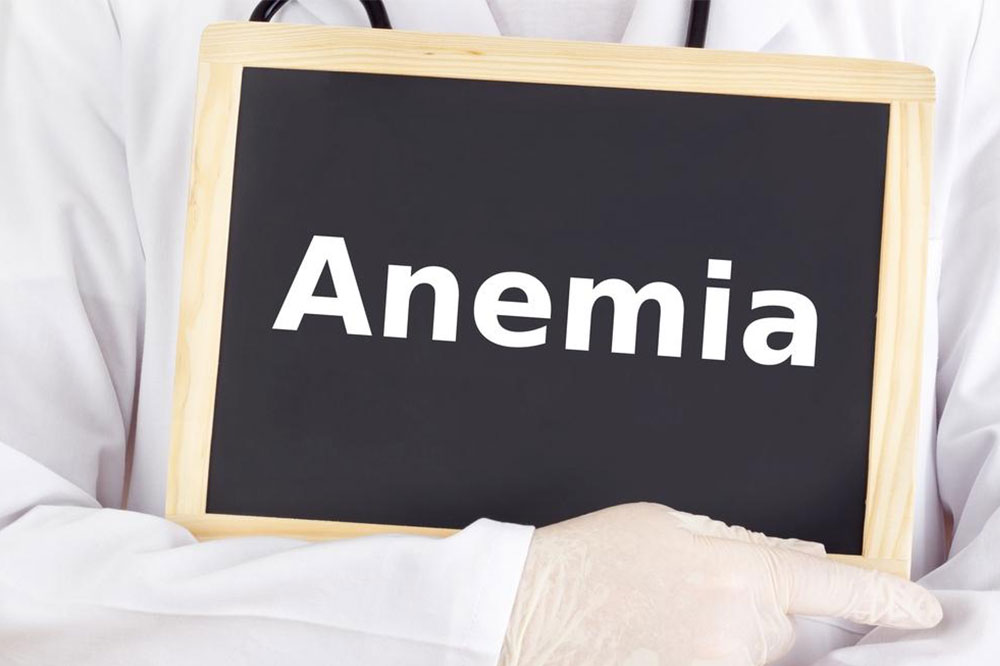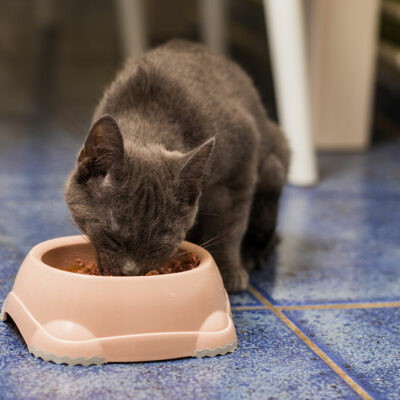
Different Types and Symptoms of Anemia
Red blood cells in the body carry oxygen to tissues and help create energy. The condition of anemia reduces the body’s capacity to produce blood cells. It also causes existing blood cells to dysfunction, leading to extreme fatigue due to a lack of oxygen transfer. Anemia caused due to iron deficiency is the most common; however, there are different types of anemia that occur as well. Here is a list of different types of anemia and its symptoms.
Aplastic anemia
In aplastic anemia, stem cells in the bone marrow get damaged. This leads to a deficiency in red and white blood cells and platelets. It is characterized by symptoms such as chest pain, irregular heart rate, prolonged bleeding, and headaches. In some cases, one suffering from this disorder may show no symptoms at all. Also, patients with aplastic anemia are more prone to contracting infections. Aplastic anemia is rare; however, it is a serious illness that requires immediate medical intervention.
Vitamin deficiency anemia
If the body lacks vitamins like folate, vitamin B-12, and vitamin C, it can give rise to vitamin deficiency anemia. In this condition, the body doesn’t create a healthy number of blood cells due to a deficiency in vitamins. In some cases, it can occur when the body is not able to absorb the vitamins due to certain intestinal problems. Vitamin deficiency anemia is characterized by symptoms such as yellowish skin, muscle numbness, unstable movements, and forgetfulness.
Thalassemia
Thalassemia occurs due to mutations in the DNA of hemoglobin producing cells. The lack of enough hemoglobin reduces the flow of oxygen in the body, causing organs to function poorly. Thalassemia is genetic, which means that this blood disorder is passed on from parents to children. Thus, its symptoms can appear as early as in the first two years of life. Its symptoms include abdominal swelling, weakness, poor appetite, failure to grow, paleness, irritability, and facial bone deformity.
Sideroblastic anemia
In sideroblastic anemia, the body isn’t able to use iron to create hemoglobin. This causes accumulation of iron, which forms abnormal red blood cells known as sideroblasts. Patients with sideroblastic anemia can develop chest pain, irregular breathing, extreme weakness, and have a fast heartbeat. This type of anemia can be acquired or hereditary. This means that it is either passed down through generations or can be a side effect of certain medications or drugs.
Sickle cell anemia
In this type of anemia, the red blood cells are in the shape of tiny arcs or sickles. Due to their rigidness, they get stuck inside small blood vessels in the body. This can block or slow down the flow of blood carrying oxygen inside the body. It is inherited and has symptoms such as swollen hands, poor vision, delayed puberty, and vulnerability to infections. Although there is no cure for those with sickle cell anemia, treatments can prevent major complications.


